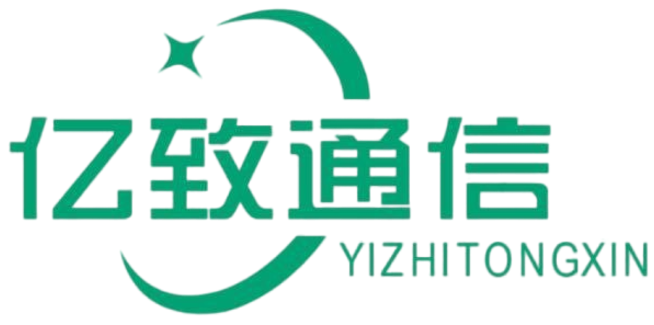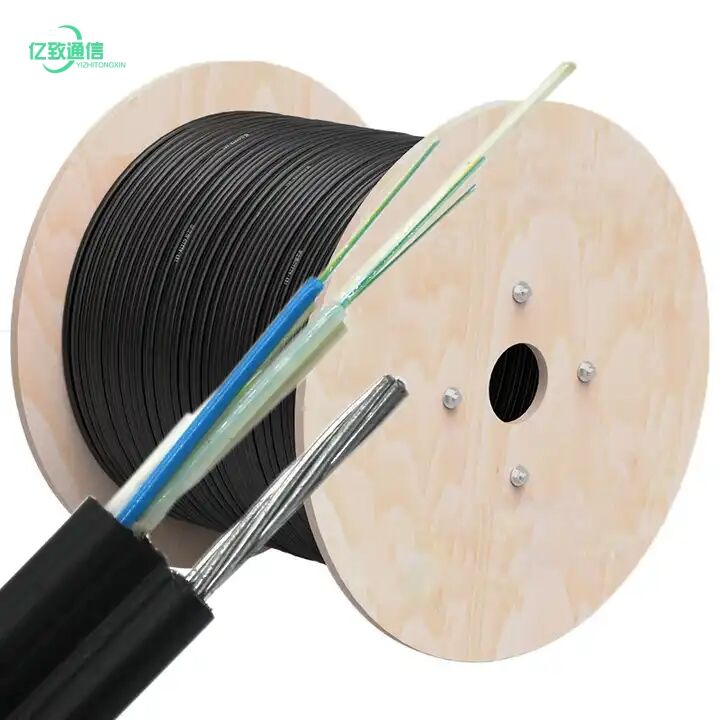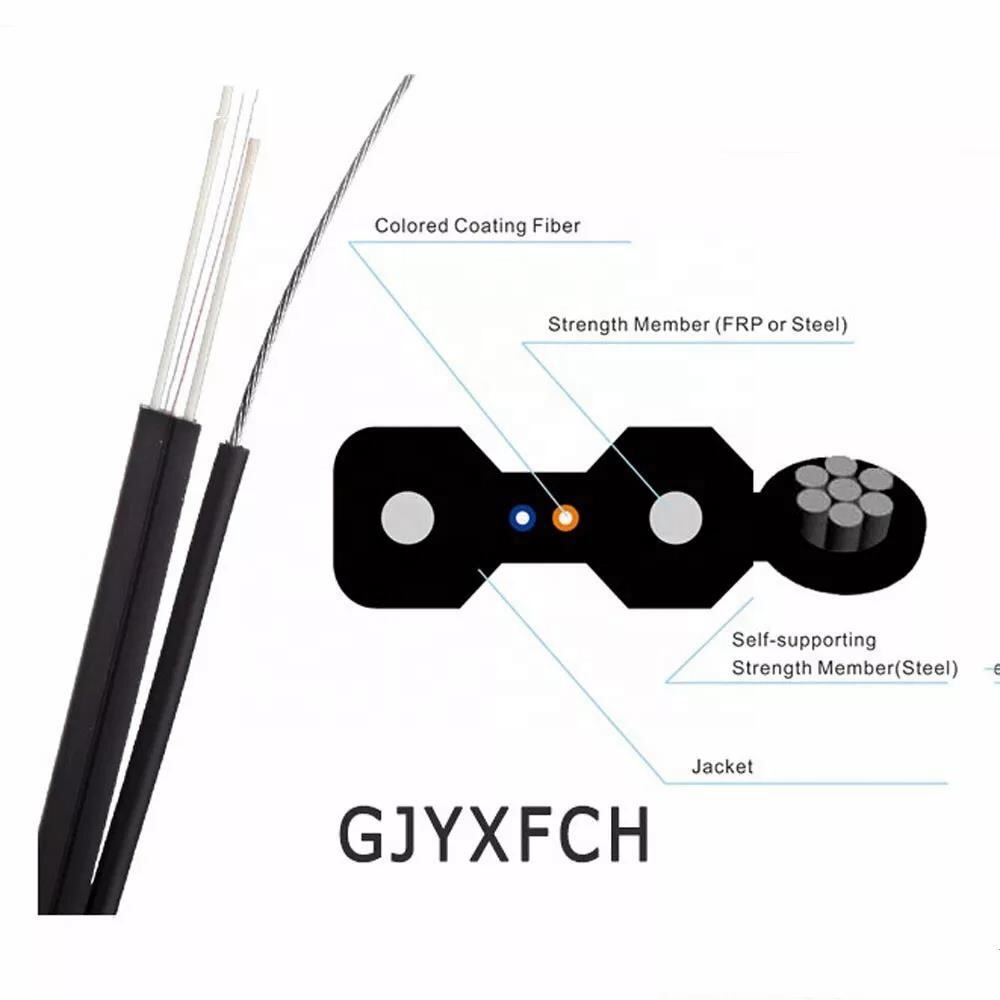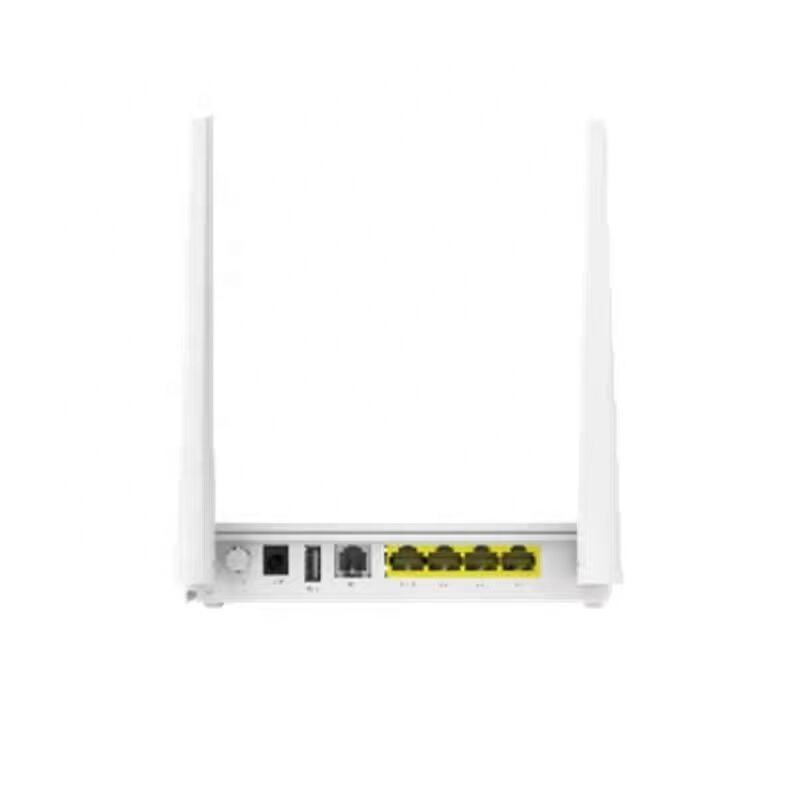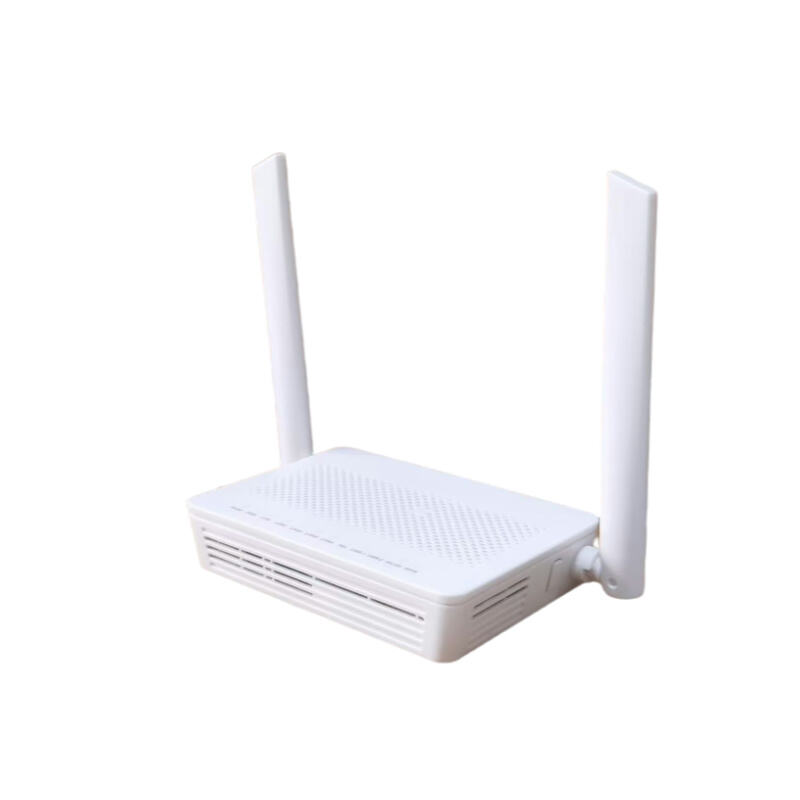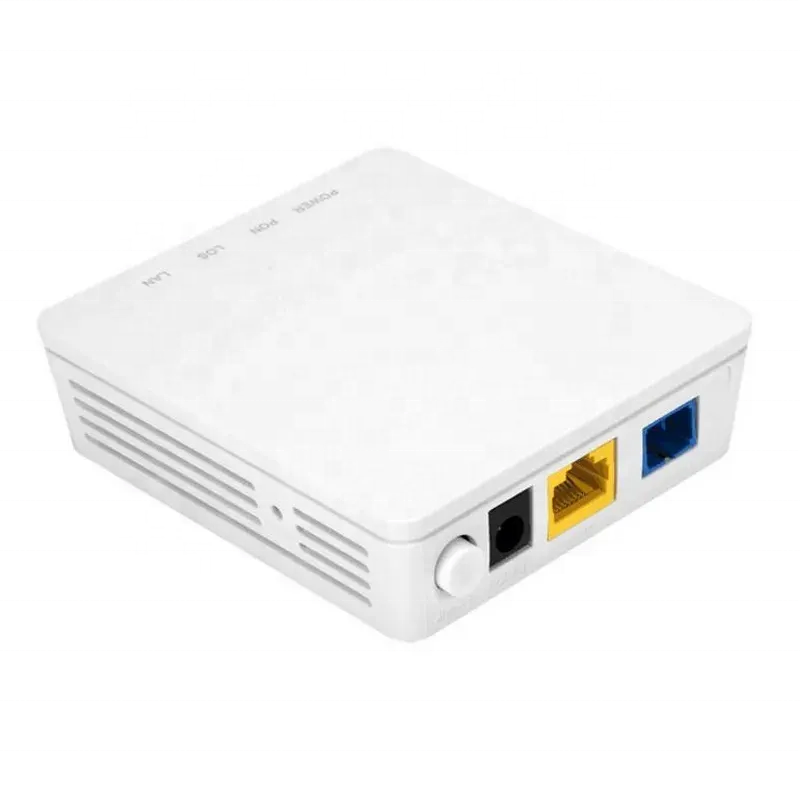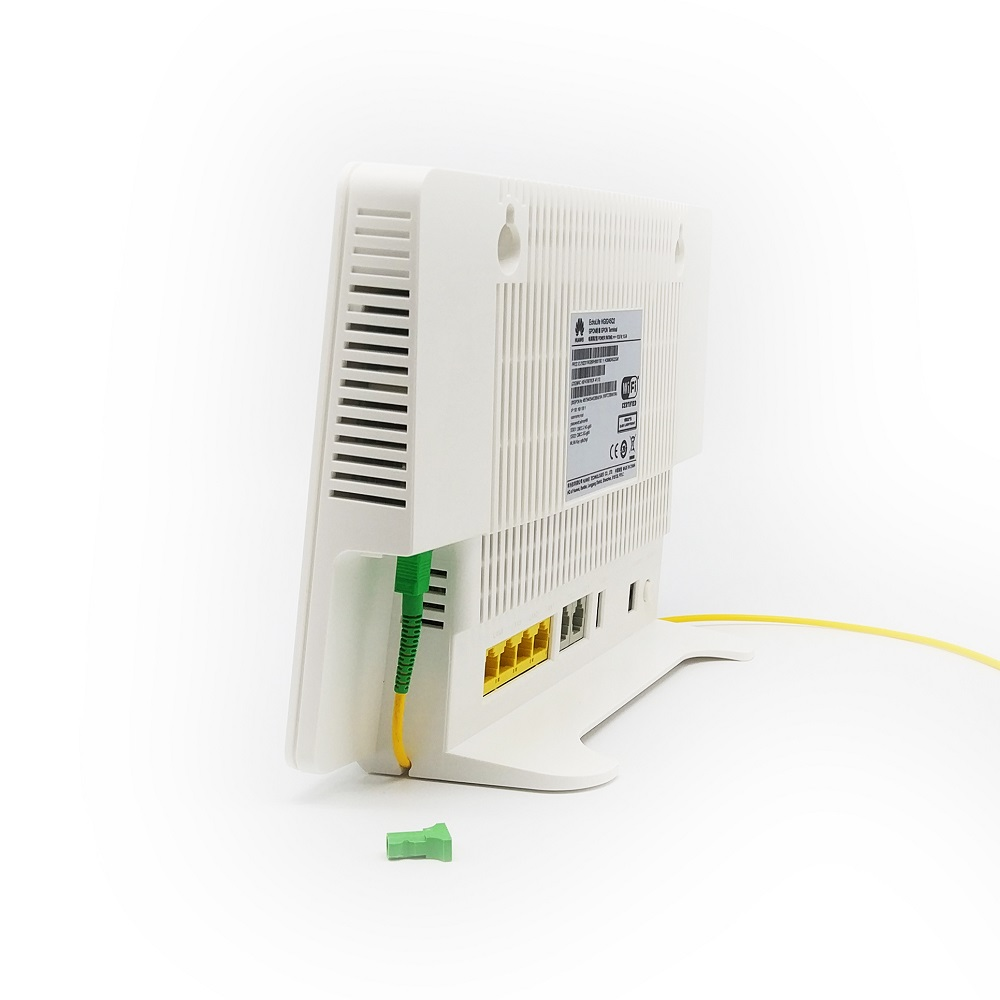fiber optic patch cable
A fiber optic patch cable serves as a crucial component in modern telecommunications and networking infrastructure, designed to transmit data through pulses of light. These specialized cables consist of a glass or plastic core surrounded by cladding and protective layers, enabling the transmission of digital signals across long distances with minimal loss and interference. The construction features include a central fiber core, typically measuring 9 microns for single-mode or 50-62.5 microns for multimode cables, protected by multiple layers of insulation and strengthening materials. These cables connect various network devices, including switches, routers, and servers, providing essential connectivity in data centers, telecommunications facilities, and enterprise networks. The design allows for quick and easy installation through standardized connectors like LC, SC, and ST types, facilitating efficient network maintenance and upgrades. Modern fiber optic patch cables support various transmission protocols and speeds, ranging from 1Gbps to 100Gbps and beyond, making them integral to high-speed internet infrastructure, telecommunications networks, and enterprise data communications.
